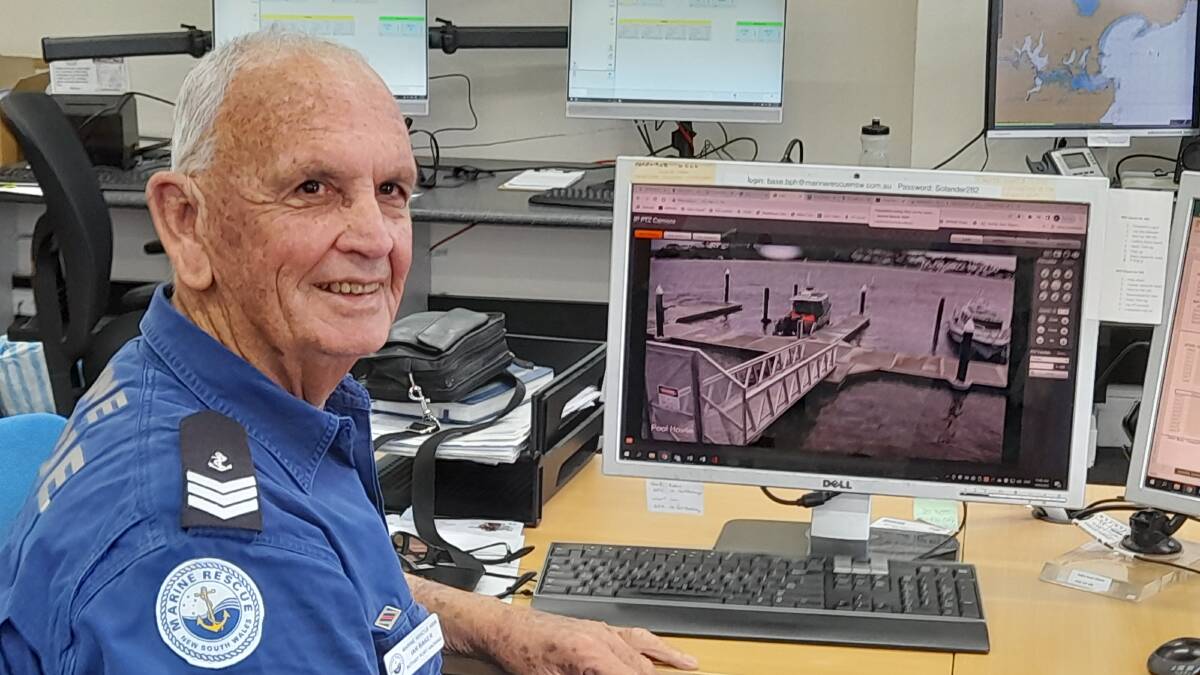The Maritime & Port Authority of Singapore (MPA) has concluded its investigation the sale of bunker fuel which contained high concentration levels of Chlorinated Organic Compounds (COC) and it said previously was sold to around 200 ships in March by Glencore and PetroChina. Around 80 ships reported engine, fuel pump and other issues.
The contaminated Heavy Fuel Oil (HFO) was loaded at the Port of Khor Fakkan, United Arab Emirates (UAE) onto a tanker and shipped to floating storage facilities in Tanjung Pelepas, Malaysia to be further blended. It was then delivered to Glencore’s storage facilities in Singapore where part of the cargo was sold to PetroChina.
Releasing its conclusions on Wednesday MPA said it found no evidence Glencore or PetroChina had intentionally contaminated the HFO.
However, it was discovered that fuel tests on the HFO carried between 21 – 23 March carried out by a laboratory engaged by Glencore contained concentrations of COCs that ranged from approximately 2,000 ppm to 15,000 ppm. While not part of standard ISO 1827 tests such high levels of COCs are also unusual in bunker fuel.
The authority said: “MPA’s investigation found that despite this, Glencore continued to supply bunkers blended with the fuel purchased that was contaminated with high levels of COC to vessels in the Port of Singapore from 22 March 2022 to 1 April 2022.
“By doing so, Glencore contravened the terms and conditions of its Bunkering Licence (Bunker Supplier) in failing to ensure that no bunkers supplied by it were contaminated.”
In that period a total of 24 vessels were supplied with contaminated fuel by Glencore and at least three vessels reported issues with their fuel pumps and engines as a result.
For breaching its bunkering licence the MPA is suspending Glencore’s license for two months from 18 March.
“MPA has also asked Glencore to improve its internal procedures to ensure that prompt action is taken in future when it becomes aware of, or reasonably suspects, any irregularity in fuel quality,” the authority said.
The MPA is not taking any action against PetroChina which it said promptly stopped supplies of the fuel by 19 March after its own tests showed it was contaminated with high levels of COCs.
The port authority stressed it takes compliance with the bunkering regime seriously. “MPA has reminded all licensed bunker suppliers to adhere strictly to the terms and conditions of their licences. MPA takes a serious view of contraventions of the bunker supplier licence terms and conditions, and will not hesitate to suspend or cancel the relevant licences, where necessary,” it warned.
The largest bunkering port in the world Singapore bunker sales were 50.04m tonnes in 2021, of which 49.99m was fuel oil.
Source: https://www.seatrade-maritime.com/bunkering/singapore-suspends-glencores-bunkering-license-two-months
























